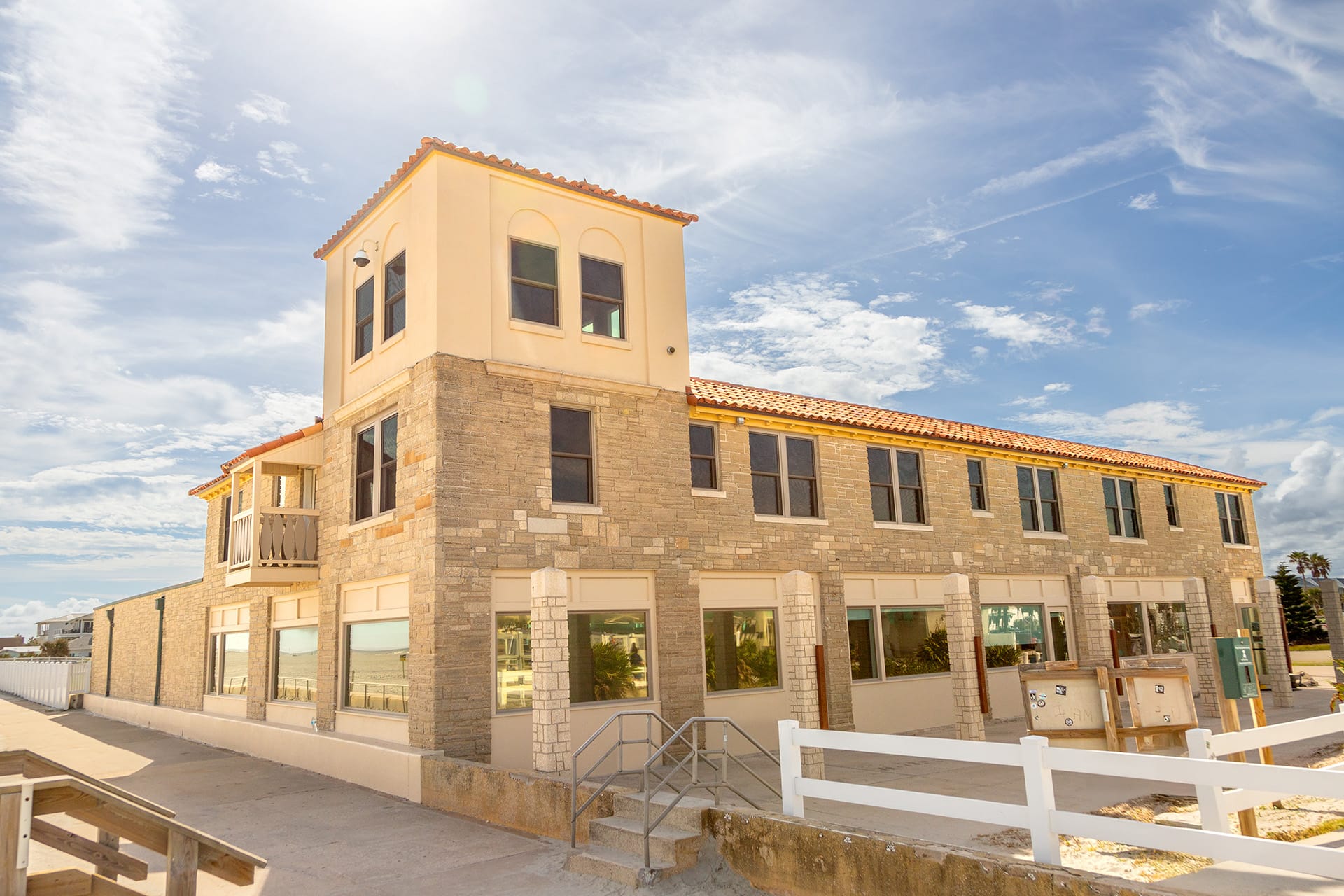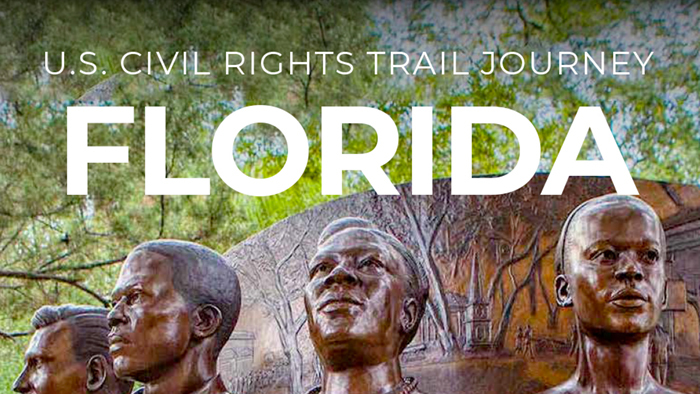Paying the Price for Equal Rights in America’s Oldest City
St. Augustine, Florida, drew national and international media attention in the spring of 1964 when civil rights activists were arrested and violently assaulted as they protested segregation laws. The city’s ugly and aggressive resistance to equal rights for Black Americans represented the final stage of what has been called “the great moral drama,” which culminated in the Civil Rights Act of 1964.
At the heart of the movement in St. Augustine was Dr. Robert B. Hayling, a profile in courage. Hayling was a young African American dentist and former Air Force officer who would lose his dental practice and nearly his life while leading the local struggle.
Starting in 1960, Hayling began advising the NAACP Youth Council and organized protests against segregated lunch counters. His public activism was noticed, and in 1963 he was severely beaten by the Ku Klux Klan. In February 1964, gunmen fired on his home, killing his dog and narrowly missing his pregnant wife.
Hayling was undaunted. He invited white college students to take their spring break in St. Augustine and participate in nonviolent demonstrations. In March, when protesters refused to leave a sit-in at the Ponce de Leon Motor Lodge restaurant, they were arrested and jailed. Among the detainees was Mary Peabody, the 72-year-old mother of the governor of Massachusetts. St. Augustine had become national news.
Protests and nightly marches reached a climax in June 1964 when Hayling enlisted the help of Dr. Martin Luther King Jr. and the Southern Christian Leadership Conference. On June 11, 1964, Dr. King was arrested when he tried to enter the Monson Motor Lodge restaurant.
The following week, activists retaliated by jumping into the whites-only swimming pool at the Monson Motor Lodge. Photojournalists then captured images of the motel owner pouring muriatic acid into the water, images that were broadcast all over the world. The Senate passed the Civil Rights Act the following day.
No longer able to practice dentistry in St. Augustine, Dr. Hayling relocated his family and career to Fort Lauderdale. He worked and lived there until his death in 2015.
In 2003, almost 40 years after passage of the Civil Rights Act, the city of St. Augustine recognized Dr. Hayling’s heroic efforts for racial equality and honored him by changing the name of Scott Street, where he once lived, to Dr. R.B. Hayling Place.


























